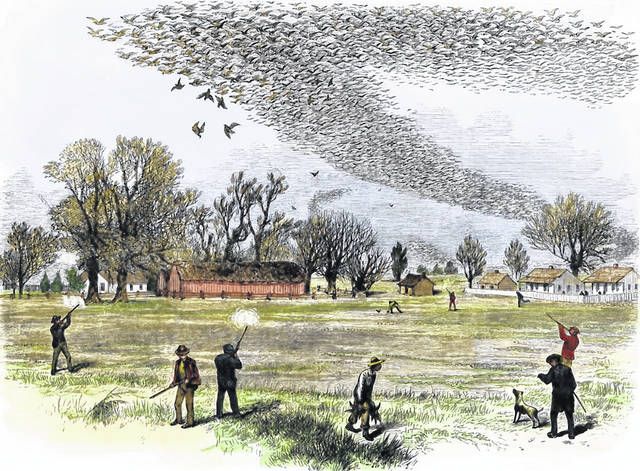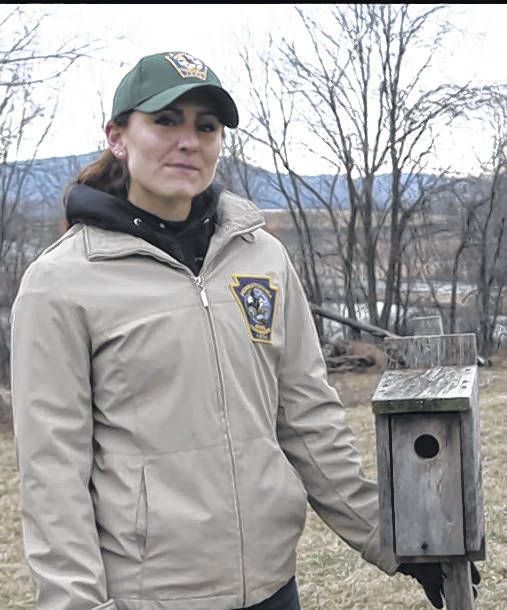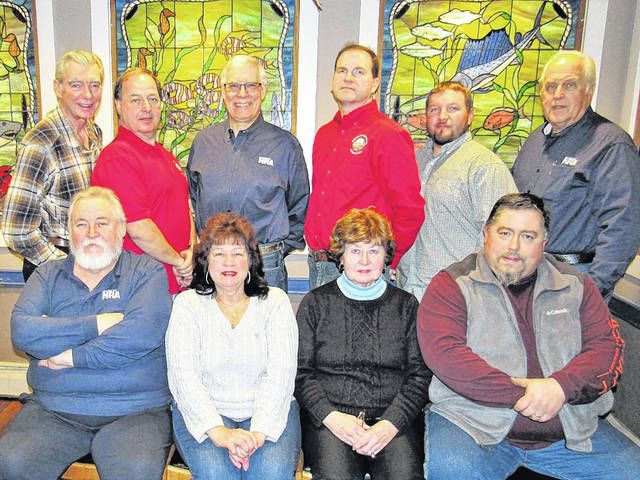Click here to subscribe today or Login.
Tucked into a depression beneath a tangle of Russian olive and briars and guarded by a tall stand of grass, the nest containing 15 turkey eggs seemed to be in a good location.
Thick brush made it difficult for avian predators to spot the pale brown eggs from above, and the grass shielded the nest and hen turkey from the eyes of raccoons, opossum, black snakes and other potential threats.
It was early May, and I was optimistic the nest would be a success and by early June there would be a half-dozen poults, or more, trailing the hen to feast on insects in the surrounding fields.
But that didn’t happen.
I checked on the nest last week, cautiously approaching close enough to spot the eggs but maintaining a safe distance to avoid disturbing the hen. But right away something I could tell something was amiss.
The hen was gone and the eggs were strewn from the nest. Closer inspection revealed a round hole carved in the side of each egg. It was clear that the poults didn’t hatch. If they did the shell would’ve been split in half.
The holes were the result of a predator that, despite how well-concealed the nest was, had managed to spot the easy meal of turkey eggs.
I suspected crows had raided the nest and used their beaks to poke holes in the eggs and drain them of their contents. The inside of the eggs was dry and it was impossible to tell if they still contained yolks or turkey poults ready to hatch.
While the incident was a tragedy for one bird — the hen turkey — it was a beneficial feast for another — the crows.
While spring is a time of replenishment for most wildlife, giving birth to young that represent the future of the species, it can also be a perilous occasion.
Especially for birds.
While species like deer give birth rather quickly and fawns are nearly mobile right away, birds have to wait. Incubation takes time — 28 days for turkey eggs — and the young need more time in the nest to grow and develop the ability to fly.
Until that happens, they’re sitting ducks — no pun intended.
The turkey nest wasn’t the only tragedy I saw this spring.
For days I monitored the progress of a pair of Carolina wrens constructing a nest in a unique spot. They chose to build the woven, cup-shaped nest in a shelf on the wall of an open shed. The structure of baler twine, cow hair and strips of bark was neatly concealed, and it wasn’t long before I spotted the female wren tucked deep inside the nest, incubating eggs.
It became routine to check on the wren every day, and after nearly two weeks, four hatchlings stretched open their beaks on cue when I looked inside.
So far, so good.
But just when it seemed like the wren’s odd choice of nest location was a good idea, tragedy struck. Four days after the young hatched, I found remnants of the nest on the ground. The female wren sat on top of what was left of the nest, and the four hatchlings were gone.
Something — a raccoon or cat, perhaps — found the nest in the shelf, destroyed it and consumed the young. Yes, this is the way nature works, but sometimes it’s not easy to accept.
The wren flew away as I approached, and I collected the destroyed nest and placed it back on the shelf just in case there was a chance she would choose to re-nest in the same spot.
Likely realizing the shelf would get raided again if a new nest was built, the wren never returned to the spot. I imagine the bird laid another clutch of eggs elsewhere, like the hen turkey probably did as well.
Despite the constant threat from predators when it comes to nesting birds, their ability to rebuild and lay more eggs offers another chance to prevail.
That, too, is how nature works.
For other sports stories, click here.








